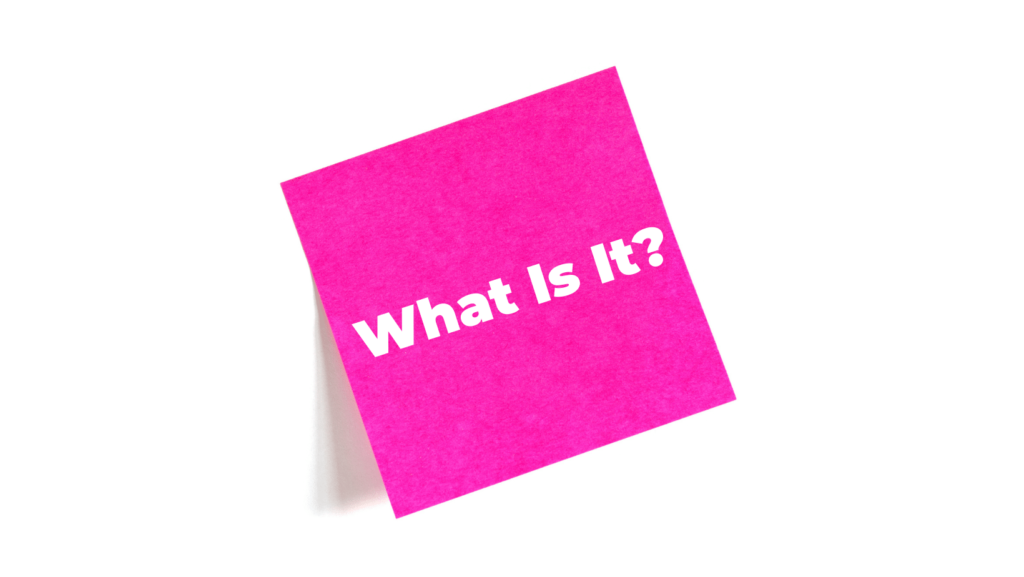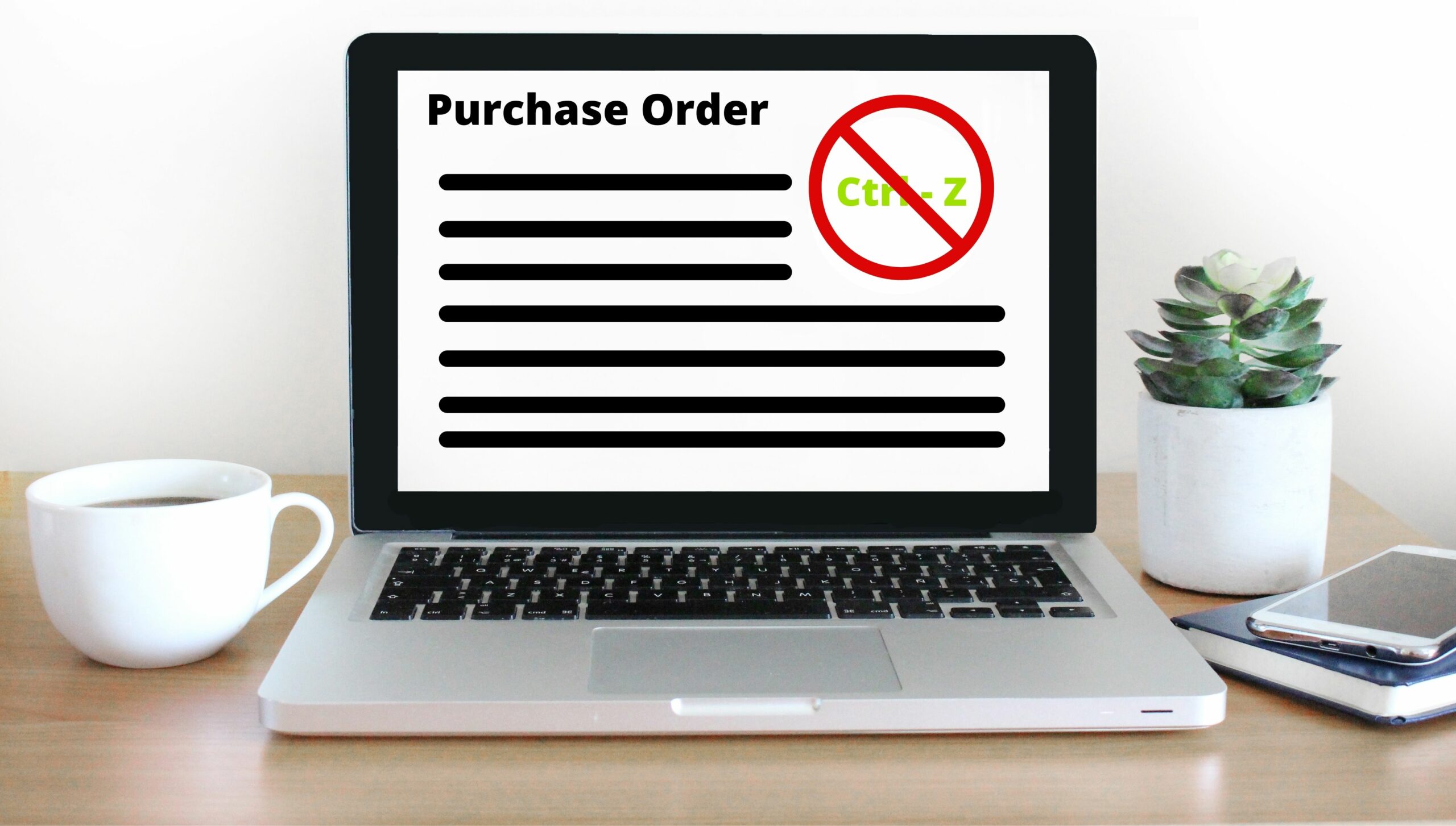An Introduction to Purchase Requisition
Ctrl-Z.
That was all it took for a mistake while writing this article to disappear; if only your business purchasing decisions were as simple to fix.
When it comes to procurement orders there is often no easy way to undo a bad purchase, even if an error were caught before any money changed hands, it would take detangling and voiding various agreements and contracts before the matter can be closed and chances are, it’s going to end up costing you anyway, be it non-refundable deposits, processing fees or cancellation penalties.
This is why businesses have lengthy and comprehensive Purchase Requisition procedures in place, having accountability and multiple tiers of approval in place reduces the risk of such errors from occurring in the first place. However, this is not a perfect solution either.
But we may be getting too ahead of ourselves here, before we go any further let’s look at what a Purchase Requisition is.

Purchase Requisition: What Is It
A Purchase Requisition put simply is a document that an employee within an organization generates to request goods or services. When a Purchase Requisition is filled out, it marks the beginning of the purchasing process by seeking supervisor permission.
Now that we know what a Purchase Requisition is, let’s take a closer look at the process itself.
The Purchase Requisition Process
When it comes to manually processing Purchase Requisitions, you can either do it fast or do it right.
The length of the Purchase Requisition process is ultimately up to the business itself, if a business wants to play it safe, they can opt for a lengthy comprehensive process with multiple checkpoints for approval before the requisition can be approved for a Purchase Order.
This reduces the chance of any errors slipping through and makes sure that everyone is on the same page, however, this has some obvious disadvantages as having a process that’s too lengthy is inefficient and purchasing anything will involve hours of tedious bureaucracy, ironically, this could end up leading to poorer compliance to the operating procedures as employees might just choose bypass the process altogether to save time.
So a shorter requisition process is the way to go then? Not quite, even though having a shorter process can save time and increase the rate of requisition to Purchase Orders, it can leave the door open for human error and subpar vendor vetting as the shorter process has fewer checks and balances in place.
So what is the answer then? What is the best way to deal with Purchase Requisitions?
Unfortunately, there is no easy answer for companies who want to keep their manual procurement process, it’s going to take a lot of trial and error before finding the most efficient process, even then it might not be good enough.
However, if your business is forward-thinking and willing to adopt technology into the workflow, the answer becomes much easier.
And that answer is…

…Digital Purchase Requisition
When it comes to Digitally Processing Requisitions, you can do it fast and right!
Digital Purchase Requisition takes the long manual process and automates it so that the approval process is streamlined and the requisitions are centralized online for easy access.
This is achieved through software that simplifies the purchasing process with lots of customisable options for approvals and tracking.
Giving approval has never been easier as the process is web-based and those with the authority can give approval at any time from anywhere provided they have internet access, there are further redundancies in place with tiered approval systems where a requisition is automatically escalated to the next supervisor in line if it is not approved or denied within a certain time period.
Another advantage of going digital is that making corrections to requisitions are hassle-free as making a change to the requisition at one end makes it so that the change is reflected for everyone, there is even a log of changes for better accountability built-in!
With all these game-changing advantages, there is really no need to hold on to your manual Purchase Requisition system any longer.
To see a Digital Purchase Requisition software in action, take a look at ADAM.

Purchase Requisitions: Embracing Change
Purchase Requisition processes have evolved with time and the advent of new technology, gone are the days when it took hours of work to get a single requisition approved, today businesses can do the same work in minutes thanks to advantages offered by advancements like Purchase Requisition Software.
Businesses should not be afraid to embrace the simplicity brought about by these high tech solutions and take the leap into digitalization for that essential competitive edge needed to get ahead in their market.
FAQ
A Purchase Requisition is a document that an employee within an organization generates to request goods or services. When a Purchase Requisition is filled out, it marks the beginning of the purchasing process by seeking supervisor permission
Purchase requisitions are requests to purchase goods or services while Purchase Orders are orders to receive goods or services in exchange for payment
The Purchase Requisition process helps keep track of procurements and increases employee compliance and accountability
Because eProcurement software can automate most of the Purchase Requisition process and make it simpler and faster to make requests
1: Purchase request submission
2: Request screening and approval
3: Supervisor review






